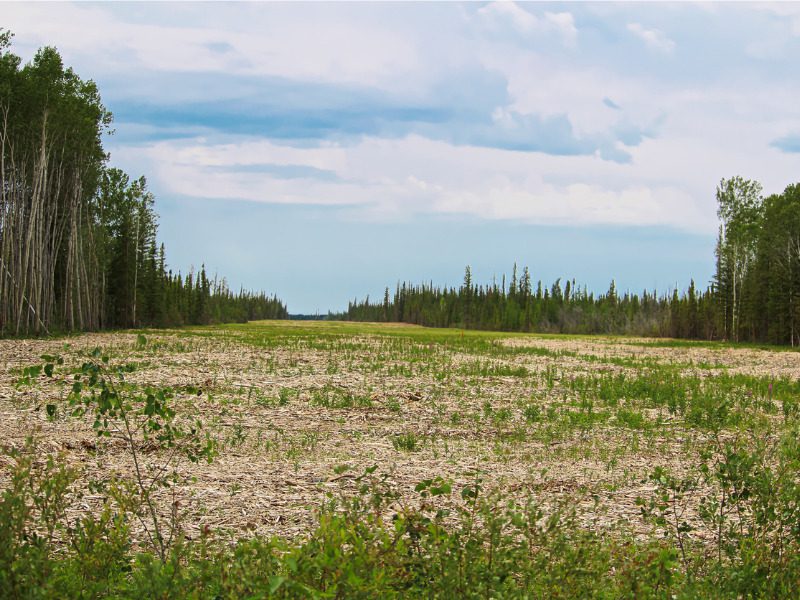Territory’s 2022 wildfire season has nearly doubled five-year average for area burned

YELLOWKNIFE – The 2022 wildfire season in the Northwest Territories is shaping up to be one of the most severe in the past five years.
“We’re well on our way to doubling our five-year average for area burned,” said Mike Westwick, a wildfire information officer for the territory.
“It’s been a significant year for fires after a few years where we had a slight downturn.”
So far, 238 fires have burned nearly 4,300 square kilometres of land across the territory, compared to a five-year average of around 2,300 square kilometres.
Over the past decade, an average of about 200 fires burned some 6,300 square kilometres each year. That includes the 2014 wildfire season, the worst on record in the territory, where 385 fires burned roughly 34,000 square kilometres of forest.
The Department of Health and Social Services has issued wildfire smoke exposure advisories for residents in Fort Good Hope, Norman Wells, Tulita, Fort Smith, Fort Providence, Kakisa, Fort Simpson, Jean Marie River, Wrigley and Yellowknife.
Westwick said long spells of hot, dry weather have contributed to the wildfires this summer. He said this wildfire season is lasting slightly longer than usual as hot temperatures persist in the southern part of the territory.
More than 100 active wildfires are still burning across the N.W.T.
That includes a fire about 16 square kilometres located approximately 20 kilometres southeast of Wrigley.
Fire crews have used bulldozers to build a fuel break between the fire and things that could burn, such as trees near Smith Creek. It would serve as a base for controlled burning to reduce the amount of fuel available if conditions allow.
Westwick said the fire does not currently pose a risk to the community, but that could change quickly.
Another wildfire affected roughly 220 square kilometres south of Wrigley earlier this summer, burning down two cabins in July, one belonging to the Pehdzeh Ki First Nation.
“This has been a difficult season,” said Kyle Clillie, acting band manager for the First Nation. “Since July, fire has been burning around our community and creating smoke, and it’s very stressful on the community members.”
Another wildfire burning 38 kilometres southeast of Fort Smith grew significantly Tuesday. Fire crews have set up sprinklers to reduce the risk of the fire, approximately 236 square kilometres in size, to cabins and Taltson Dam infrastructure.
The Northwest Territories Power Corporation removed staff from dam facilities, located within eight kilometres of the fire, out of an abundance of caution.
Fire crews are allowing other wildfires that don’t pose any risk to communities or infrastructure to burn out naturally.
“The boreal forest is a landscape that’s primarily shaped by fire. It’s the most important force that’s shaped our landscape over millennia,” Westwick said.
He said to prevent added strain on limited resources, people should avoid having fires in areas where the fire danger is high unless necessary and to ensure that any fires they do start are properly extinguished.
This story was produced with the financial assistance of the Meta and Canadian Press News Fellowship.
Feature image by iStock.com/Akchamczuk


